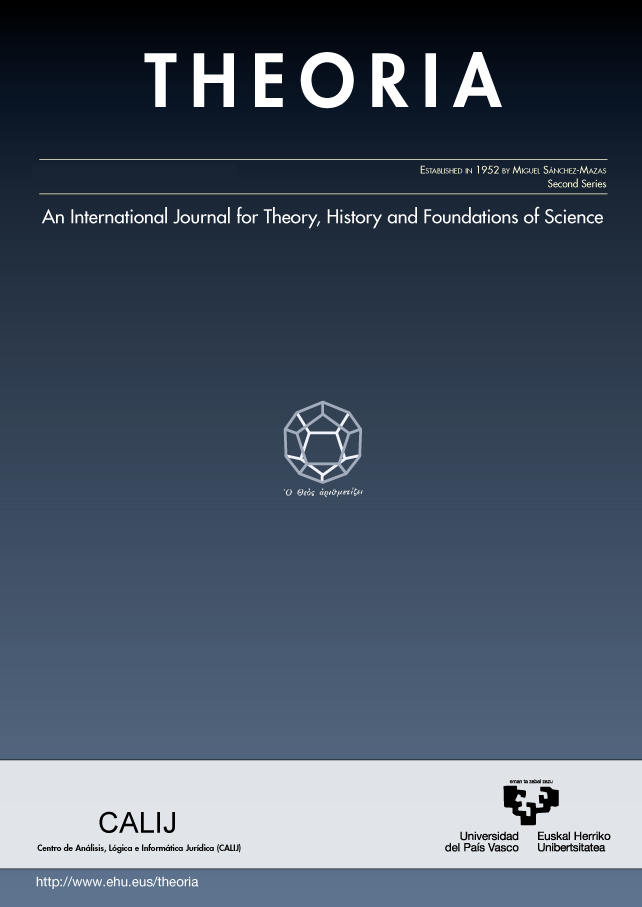The crowbar model of method and its implications
##plugins.themes.bootstrap3.article.main##
##plugins.themes.bootstrap3.article.sidebar##
Abstract
There is a rough, long-term tradeoff between rate of innovation and degree of strong realism in scientific practice, a point reflected in historically changing conceptions of method as they retreat from epistemological foundationism to a highly fallibilistic, modeling perspective. The successively more liberal, innovation-stimulating methods open up to investigation deep theoretical domains at the cost, in many cases, of moving away from strong realism as a likely outcome of research. The crowbar model of method highlights this tension, expressed as the crowbar compromise and the crowbar fallacy. The tools-to-theories heuristic, described and evaluated by Gigerenzer and colleagues, can be regarded as an attempt by some scientific realists to overcome this compromise. Instead, it is an instance of it. Nonetheless, in successful applications the crowbar model implies a modest, instrumental (nonrepresentational) realism.
How to Cite
##plugins.themes.bootstrap3.article.details##
crowbar, method, scientific innovation, heuristics, models, the tools-to-theories heuristic, scientific realism
Authors retain copyright and grant the journal right of first publication with the work simultaneously licensed under a Creative Commons License.


 http://orcid.org/0000-0003-1094-9976
http://orcid.org/0000-0003-1094-9976